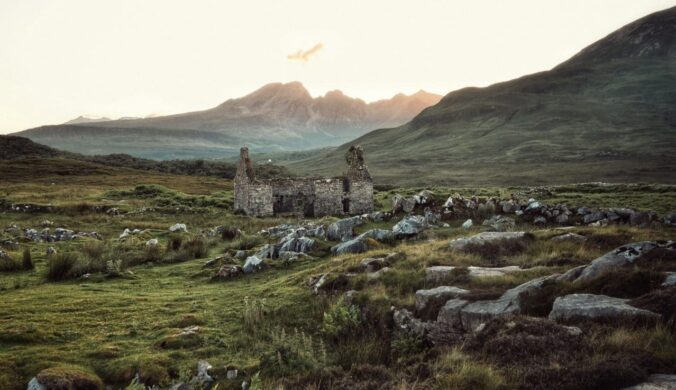When is the first day of spring?
The first day of spring ushers in everything from rebirth to baseball. Either way it's time to celebrate. Here's the history (and science) behind the day.

After a long cold winter many of us look forward to the first day of spring. With its colorful flowers, songbirds’ return and newborn animals arriving, spring reminds us that a new beginning is always around the corner. But when does the spring season actually begin?
The first day of spring actually has two different starting points: the meteorological and the astronomical. (The meteorological seasons depend on the temperature cycle.) Both split the calendar into four equal seasons; the meteorological spring begins on March 1 and ends on May 31. The astronomical seasons have to do with the position of the Earth and its orbit around the sun. Astronomical spring begins on March 20 this year, but the exact time varies a little bit every year. Generally it falls between March 19 and 21.
The Equinox
According to the astronomical seasons, the first day of spring is known as the spring or vernal equinox. The equinox is a special event that only happens twice per year, once in the spring and once in the fall. Equinox means “equal night” in Latin, so named because the day and night are (roughly) equal on the equinox — give or take three minutes or so.
The first day of spring is a strange time for the celestial bodies. At the starting moment of spring, the Earth is at a zero tilt in relation to the sun. To put it in less abstract terms, that means if you were to stand right on the equator, the sun would pass directly above your head.
Ancient Times
In ancient cultures, the equinox marked a time for festivities. Many cultures continue to keep these traditions alive in ceremonies timed with the equinoxes. The beginning of spring is particularly meaningful as it marks the end of the winter season.
The ancient Mayan city of Chichen Itza once held some of the most famous celebrations for the beginning of spring. The Mayans, a civilization that inhabited what is now Mexico, constructed a pyramid in 1000 AD that marked the beginning of seasons based on the movement of the sun. For the spring, the Mayans would see “the sun serpent” on the pyramid, which would appear based on how the sunlight hits the steps.
The first day of spring is also important in many Native American cultures across the U.S. The Lakota, who inhabit the Midwest, would venture to the Black Hills of South Dakota. They also partake in special ceremonies celebrating the living and honoring the deceased.
No matter how or when you celebrate the first day of spring, remember that this is a unique time of year that has been recognized across cultures and centuries.



